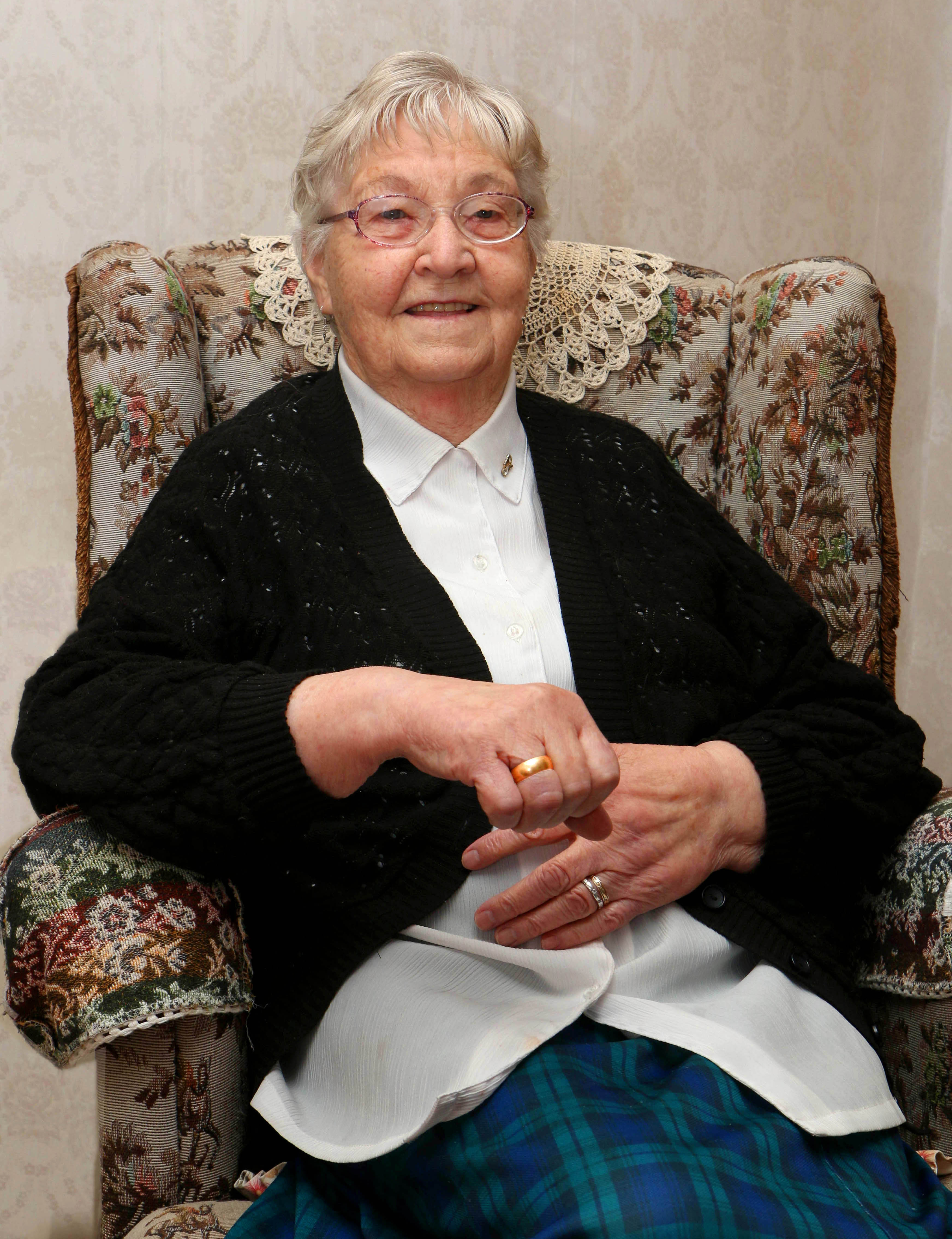Whalsay folk remember their own Catalina Crash
The Catalina flying boat crash in Yell in the Second World War was well-documented, but it is less well known that there was another similar incident in Whalsay eight months later.
The second Catalina accident happened on 8th September 1942, when the plane crashed near Symbister lighthouse.
None of the passengers and crew was injured, and they were taken to the RAF base at Haraldsdale, Symbister.
This was part of the base known as RAF Clett, which had a large radar station on the highest point in Whalsay at Ward of Clett as part of an early warning system.
The base, which had its domestic part at Haraldsdale, had more than 50 personnel and some disused buildings are still there.
Only one or two people in Whalsay are old enough to remember the Catalina crash. Margaret Anderson was a schoolgirl at the time and recalled the engine noise of a plane circling, then the engines stopping as it came down in the sea, south of Symbister, where it grounded on the shore.
Mrs Anderson said: “All of a sudden the plane noise stopped. A crowd of us saw it.” She added that anyone who could came to see it and many bits were carried ashore.
Resident Andy Sandison, chairman of the Whalsay Heritage and Community Centre, said some parts of the Catalina were still in Whalsay when he grew up in the 1950s.
The plane had approached from the east, possibly from Russia, but where it had come from and who was on board – or even the number of passengers and crew – never became clear.
He said: “The plane’s mission was never fully explained and so it has always been surrounded in mystery in Whalsay – the stuff of legend as they say.”
Rumours abounded, and it was said the plane carried bullion or “important people”.
There are no remains of the plane left, but at the time of the crash local people made the metal into rings and brooches. Symbister resident Babie Reid, 91, still has a ring – she once had a brooch but it is now missing.

Mrs Reid said the crash happened on a day of thick mist – the plane could have got lost, which caused it to land on rocks.
She did not want to see the wreck herself, but said local men, as well as RAF personnel, went to the rescue. Eventually it was taken away by the RAF.
And the late Agnes Ann Anderson recalled the crash – she told her granddaughter that she heard a noise, then silence, and knew the plane had come down.
She saw men coming from the ness where the plane had crashed. Venturing out, she saw one man with a belt of bullets hanging from his neck and another had lost his boot.
She was about to ask them in for a cup of tea when she saw men coming from the camp to meet them. Eventually they were collected by a motor torpedo boat.
Mrs (Margaret) Anderson also still remembers wartime clearly,and could identify British and German planes – which had the swastika on their side – by their engine sounds, which were “clear as a bell”.
She said there were two powerful generators at the Ward of Clett, which could have provided light for every house in the island at a time when there was no electricity and water had to be taken from a well. Occasionally, she said, islanders were allowed up to the camp to watch a film. “To us it was magic”.
The camp was also where islanders learned the wartime jitterbug dance.
Marina Irvine, treasurer of the heritage group, said that the late Corporal Wilfred Tetley (who went on to marry the late Jasmine Anderson and settle in Whalsay) and who was a cook at the domestic camp, remembered serving the plane survivors food after the crash.
According to his account, there were up to nine on board and two Russian envoys.
As a young man in the Air Training Corps, Lerwick resident George Burgess was taken on a visit to a Catalina in Sullom Voe (see Readers Views).
He said it was a “more pedestrian” plane than the famous Spitfires or Lancasters – the Catalinas’ role was to fly around convoys and look for U-boats. Although exciting to be allowed to sit in the Catalina: “It wasn’t like getting on board a Lancaster to fly into Germany and bomb.”





NO COMMENTS
Add Your Comment